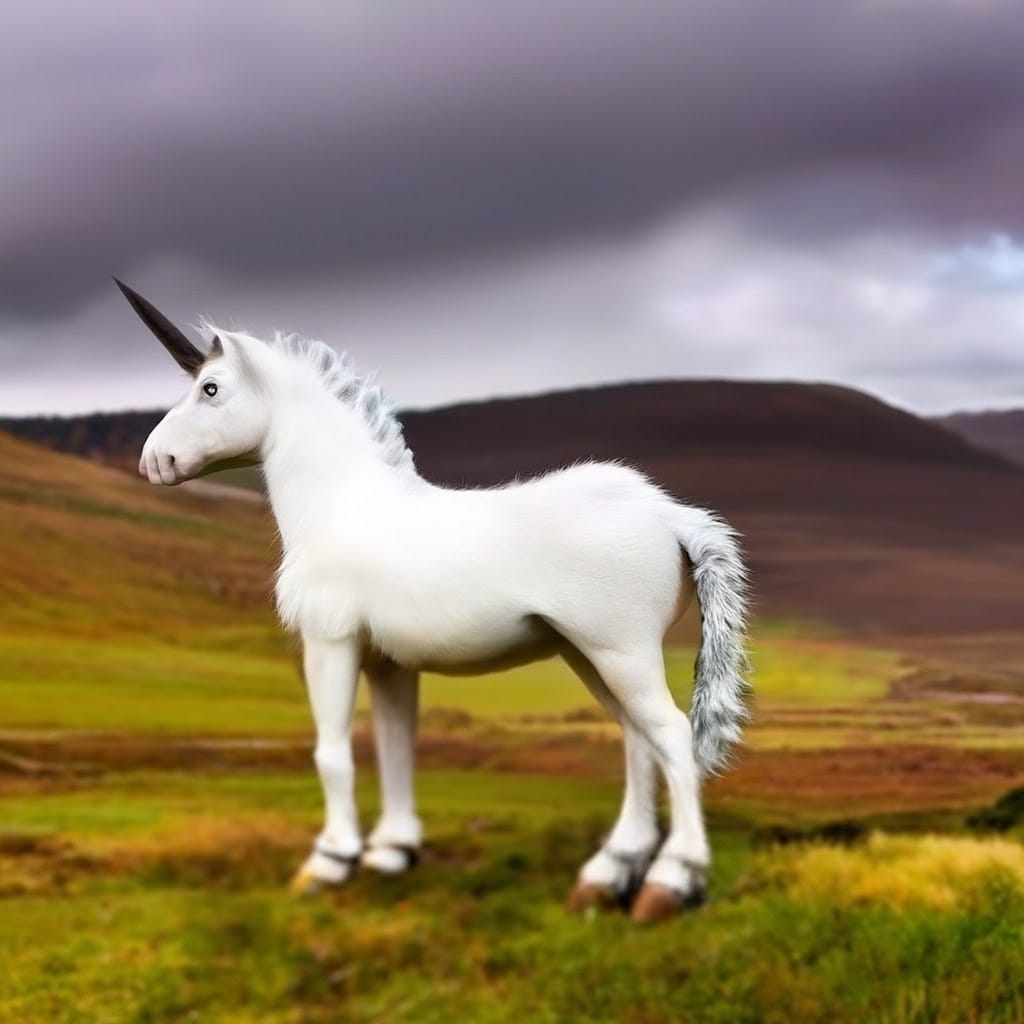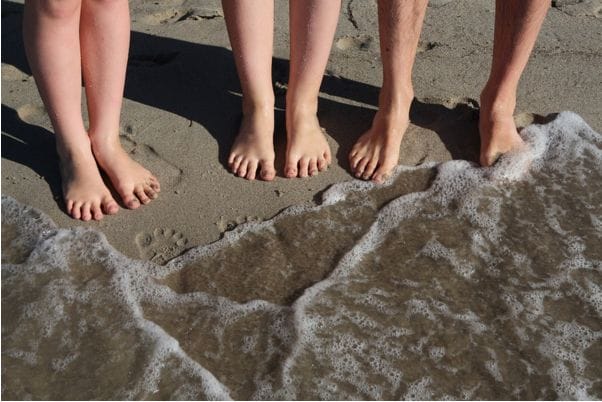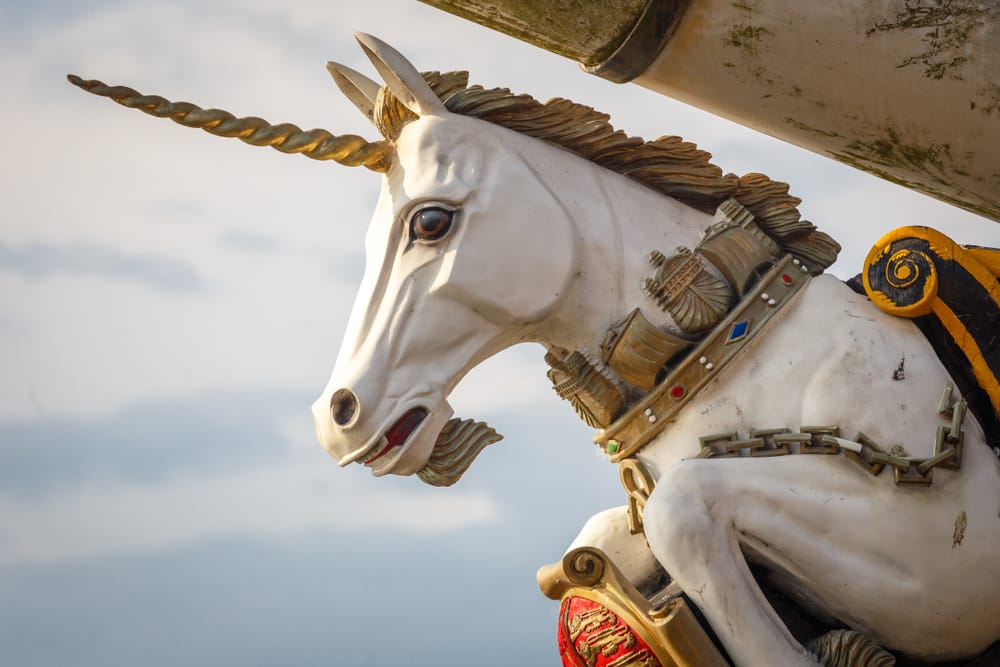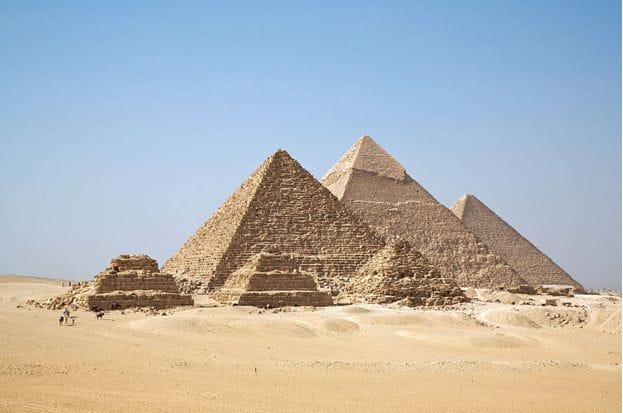Scotland is one of the world’s most beautiful and consistently underrated countries.
According to TripAdvisor’s 2023 Travellers’ Choice awards, Edinburgh is the world’s 21st most popular travel destination, but we believe that it, along with every other Scottish city (and tourist location), deserves to be much higher.
Whether it’s the cosmopolitan beauty of Scottish urban areas or the wild, untamed majesty of the heath, there’s plenty to love in Scotland, and it’s a fascinating country from a cultural perspective as well.
Perhaps one of the most interesting aspects of Scotland is its national animal, which wrong-foots many who believe they might know the answer.
Think about which animals Scotland is best known for, then put them out of your mind, because the real answer to what the Scotland national animal is will almost certainly come as a big surprise!
So, what is Scotland’s national animal?
Brace yourself: the national animal of Scotland is, in fact, a unicorn.
It’s true – you might think we’re making it up for comic effect, but Scotland hasn’t picked any one of the animals that actually appear throughout its varied and beautiful landscape to represent it.
Rather, it’s gone for a fictional animal, albeit one with a huge amount of appeal to pretty much everyone around the world. After all, who can say they don’t love unicorns?
Don’t believe us? Just ask the National Trust for Scotland – they’ll confirm that Scotland’s national animal is the unicorn, and has been for many, many years!
Why is the unicorn the national animal of Scotland?
After learning that the Scotland national animal is the unicorn, your next logical question would probably be “but why?”.
Well, it might surprise you to learn that Scotland actually has a history when it comes to Celtic mythology. In Celtic lore, the unicorn represents purity and power, and its horn is said to be able to purify tainted water.
As the National Trust for Scotland points out, it’s also not difficult to see the parallels between unicorns and the Scottish people themselves; they’re both proud, fiercely independent creatures who refuse to be captured or corralled.
How long has the unicorn been Scotland’s national animal?
Again, using the National Trust of Scotland as a source, the unicorn was first introduced to Scottish heraldry in the mid-16th century.
Originally, the Scottish coat of arms actually depicted two unicorns side by side, both of them propping up a shield.
However, when King James VI of Scotland became the King of England, one of the unicorns was replaced with a lion in order to show solidarity between the two countries.
As the National Trust suggests, though, this might have had a more pointed meaning than even King James himself knew, because the lion and the unicorn have both been considered “the King of Beasts”, and they’re also both very proud creatures who probably wouldn’t brook any kind of pretender to the throne!

Other fun facts about unicorns
Here are some other fun facts about unicorns that you may not have known!
- Unicorns recur throughout many other cultures’ mythology. It’s not just Scotland that has a mythological fascination with the unicorn; they can actually be seen throughout other mythologies too, including Greek mythology, Babylonian folklore, and the Indus people, who were one of the most advanced civilisations of their time.
- The first written evidence we have of unicorns comes from Ancient Greece. When we say “evidence”, we don’t mean of unicorns themselves, of course; unfortunately, the creatures as we know them aren’t real. However, the Greek physician Ctesias, who served the Persian king Artaxerxes II Mnemon, was the first to describe unicorns in the West, thus giving them the mythological properties we know them by today.
- The unicorn has a pretty literal name. The word “unicorn” is derived from Latin, and it has a pretty straightforward meaning. The prefix “uni” means “one”, and the suffix “corn” means “horn”, so “one horn”. This makes sense when you see the proudly protruding horn atop a unicorn’s head.
- Unicorn horns have been “used” for miracle cures. In the past, when the populace was a little more credible (and let’s be charitable here; Wikipedia didn’t exist, after all), powdered “unicorn horn” was sold as a miracle cure for various ailments. Usually, this would actually be walrus horn or rhino horn, but it was sold as unicorn horn. Naturally, it’s not possible to find unicorn horn in the wild, because, as we’ve sadly established, unicorns don’t exist.
Other fun facts about Scotland
So, you’ve learned something new about Scotland today, but there’s probably a ton of stuff you still don’t know about this beautiful country. Here are some other fun facts about Scotland you may not have known!
- Edinburgh is home to the world’s first fire brigade. Per the Firefighters’ Foundation, Edinburgh was the first city in the world to have its own municipal fire brigade, which was led by a chap named James Braidwood.
- The raincoat is a Scottish invention. It stands to reason that the Scots would want to find a way to deal with their country’s high rainfall, which is why a gentleman called Charles Macintosh invented the raincoat!
- Scotland might be home to Britain’s oldest tree. It’s hard to be specific when pinpointing the age of a tree, but some experts suggest that the Fortingall Yew, which is situated in Perthshire in Scotland, is Britain’s oldest tree at around 3,000 years old.




